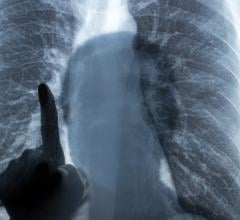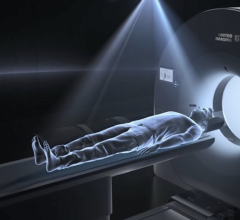Jun. 24, 2025 — GE HealthCare has announced that the U.S. Food and Drug Administration (FDA) approved an updated label for its positron emission tomography (PET) imaging agent Vizamyl (flutemetamol F 18 injection) for beta-amyloid detection.
SNMMI
Jun. 24, 2025 — GE HealthCare has announced that the U.S. Food and Drug Administration (FDA) approved an updated label ...
June 19, 2025 – dGenThera, Inc., a biotechnology company pioneering theranostic molecular pairs, and Nusano, a physics ...
June 23, 2025 — GE HealthCare’s commitment to advancing precision care in cardiology through its molecular imaging ...
June 23, 2025 — Serac Imaging Systems Ltd. and its clinical investigators from The Ohio State University Wexner Medical ...
June 20, 2024 — GE HealthCare joined the world’s top medical and academic institutions at the Society of Nuclear ...
June 13, 2024 — The Society of Nuclear Medicine and Molecular Imaging (SNMMI) hosted more than 8,000 physicians ...
June 12, 2024 — Cathy Sue Cutler, PhD, FSNMMI, chair of the Isotope Research and Production Department at Brookhaven ...
June 11, 2024 — Heather Jacene, MD, assistant chief of Nuclear Medicine and Molecular Imaging at Brigham and Women’s ...
June 11, 2024 — The Society of Nuclear Medicine and Molecular Imaging recognized six new SNMMI Fellows during a plenary ...
June 11, 2024 — A newly developed radiotracer can generate high quality and readily interpretable images of cardiac ...
June 11, 2024 — A new ultra-high-performance brain PET system allows for the direct measurement of brain nuclei as never ...
June 10, 2024 — Jean-Luc C. Urbain, MD, PhD, FASNC, professor of Radiology/Nuclear Medicine and Medicine, has been named ...
June 10, 2024 — Carolyn J. Anderson, PhD, a trailblazer in nuclear medicine, has been named the 2024 recipient of the ...
June 10, 2024 — Siemens Healthineers announces the Food and Drug Administration clearance of the Biograph Trinion, a ...
February 9, 2024 — A novel PET imaging technique can noninvasively detect active inflammation in the body before ...
February 6, 2024 — The Society of Nuclear Medicine and Molecular Imaging (SNMMI) held its 2024 SNMMI Mid-Winter Meeting ...
January 16, 2024 — The Society of Nuclear Medicine and Molecular Imaging (SNMMI) and the European Association of Nuclear ...
October 11, 2023 — A new imaging agent, 68Ga-ABY-025, can predict early metabolic response to human epidermal growth ...
September 18, 2023 — The Society of Nuclear Medicine and Molecular Imaging (SNMMI), as a professional society ...
July 12, 2023 — United Imaging, a global leader in manufacturing advanced medical imaging and radiotherapy equipment and ...

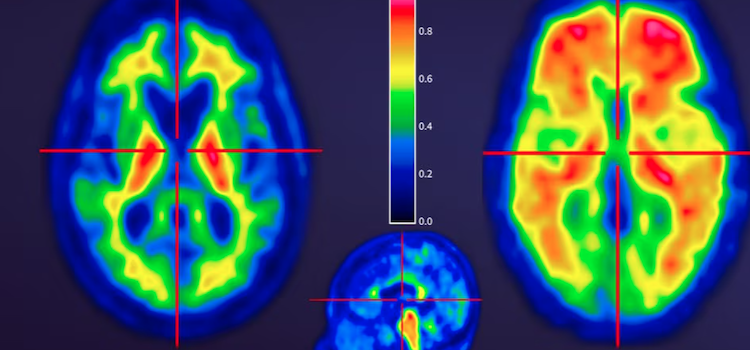

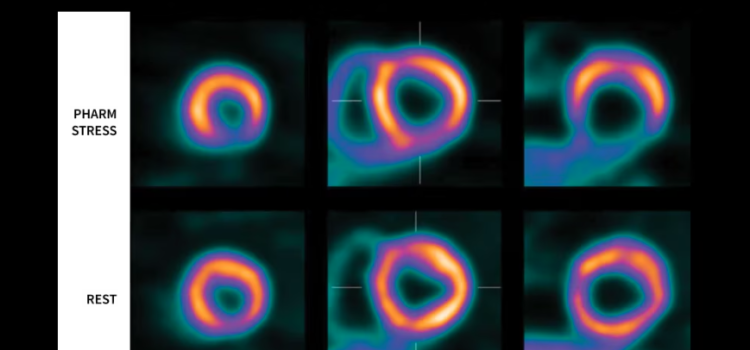
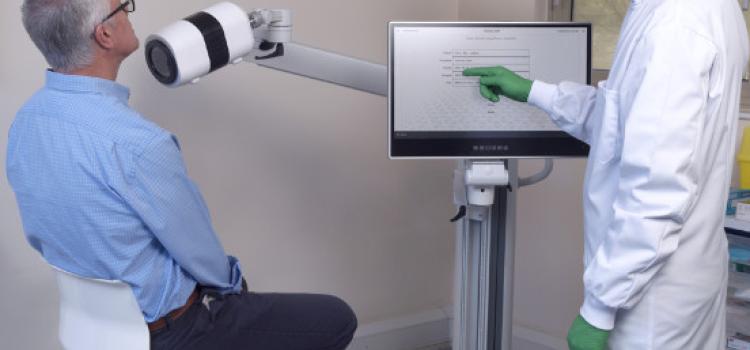
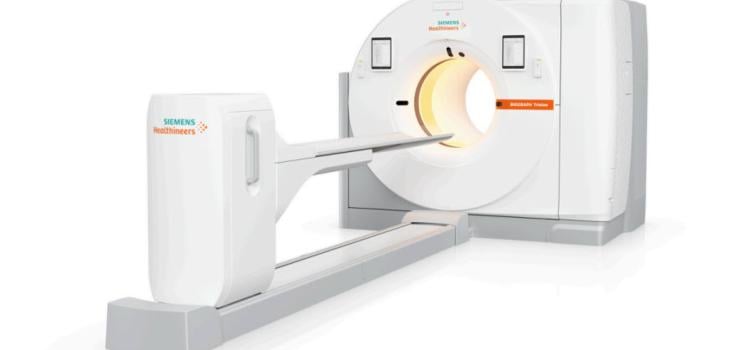
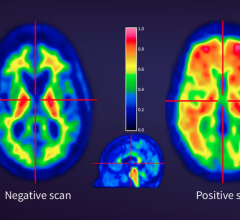
 June 24, 2025
June 24, 2025 










![Jean-Luc C. Urbain, MD, PhD, FASNC, professor of Radiology/Nuclear Medicine and Medicine, has been named president-elect of the [Jean-Luc%20C.%20Urbain,%20MD,%20PhD,%20FASNC]Society of Nuclear Medicine and Molecular Imaging (SNMMI).](/sites/default/files/styles/feed_medium/public/Jean-Luc%20C.%20Urbain%2C%20MD%2C%20PhD%2C%20FASNC.jpg?itok=GtYJUnkI)

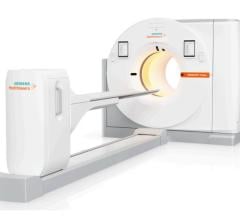
![(A) PET images of [68Ga]Ga-DOTA-ZCAM241 uptake at baseline and 3, 7, and 12 days after injection as inflammatory arthritis developed in single representative individual mouse. Images are normalized to SUV of 0.5 for direct comparison between time points. (B) CD69 immunofluorescence Sytox (Thermo Fisher Scientific) staining of joints of representative animals during matching time points.](/sites/default/files/styles/feed_medium/public/PET%20Tracers.jpeg?itok=P5Di6MIe)



